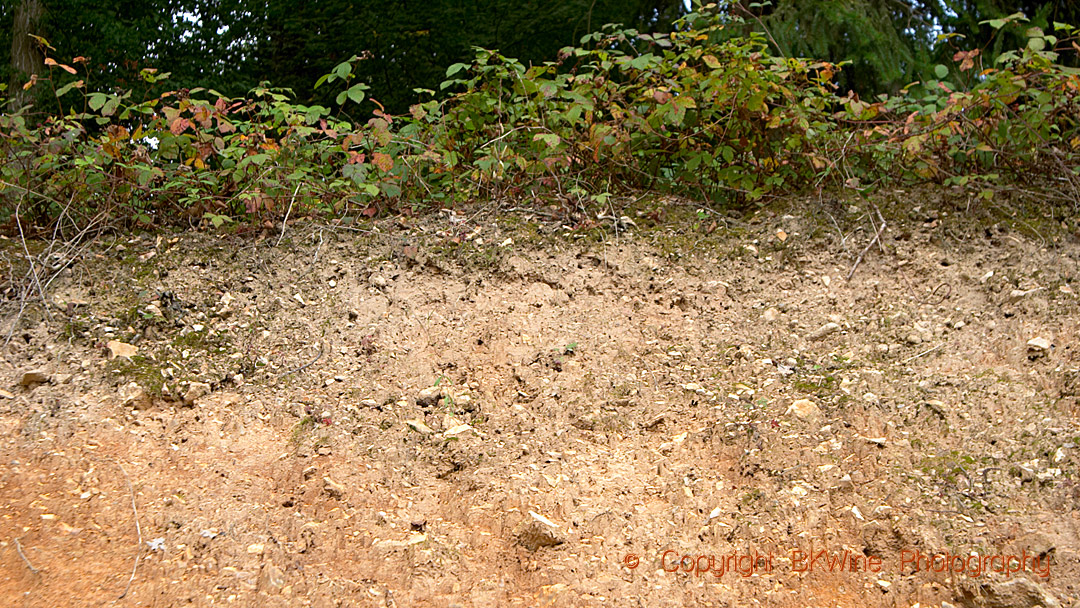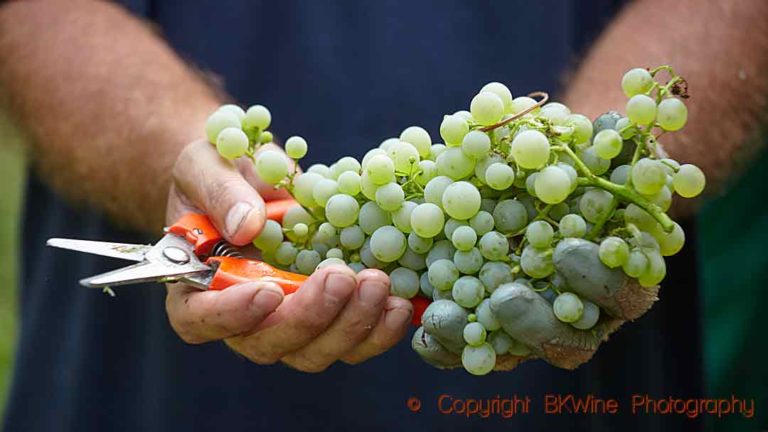The word minerality continues to fill columns and research reports. A new one has explored the concept of minerality by analysing tasting notes from 16,542 Chablis Premier Crus recorded on Cellar Tracker between 2003 and 2022, along with weather, topography and soil data for the Chablis area. The top three words used to describe Chablis Premier Cru wine were citrus, minerality and acidity.
However, the use of minerality as a tasting comment decreased between the 1999 and 2019 vintages, while words such as acidity, salinity, flowers, and stone fruits increased.
Minerality was used more often in cool vintages than in warm vintages. The report says this could point to the fact that people experience the notion of minerality more in cool-climate wines.
However, the report says nothing indicates that minerality has anything to do with the soil.
The decline in the use of the word minerality, the report suggests, may be due to climate change, the word not being as trendy anymore, especially as the idea that it is directly linked to the soil and geology has been widely discredited, or the use of alternative descriptors such as “salinity”.
Read more: wiley
–
BKWine on minerality:
No, “minerality” has nothing to do with the wine tasting like the soil or that the vine has taken up “minerals” with the roots, which then give a certain taste. For us it means, above all, “very dry, high acidity, some astringency, maybe even a little tannin”. But it means so many different things to other people (e.g. “flowery minerality”), so we recommend avoiding the word “minerality” and instead describing the wine in more tangible terms. As, for example, we did just above.














